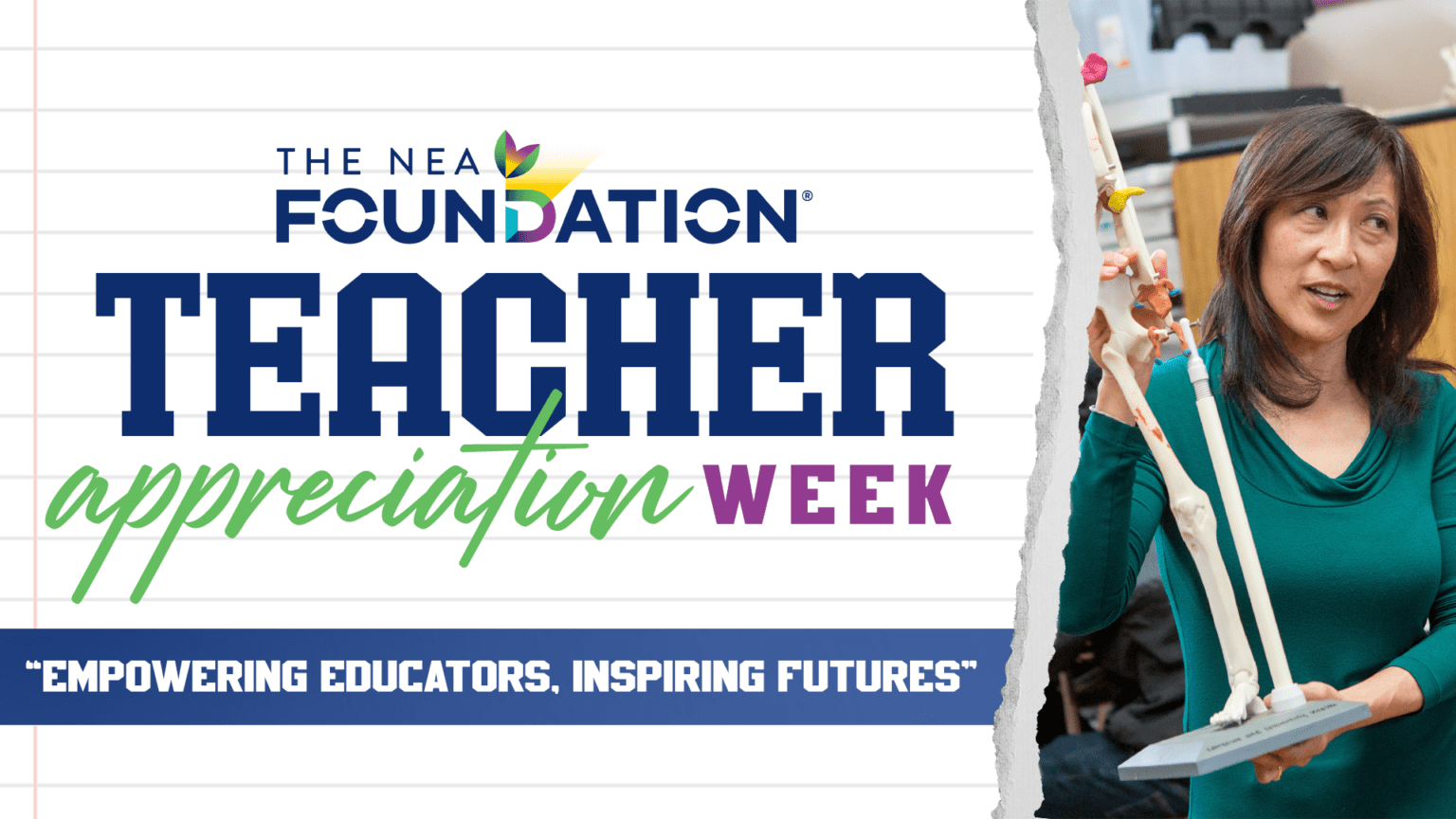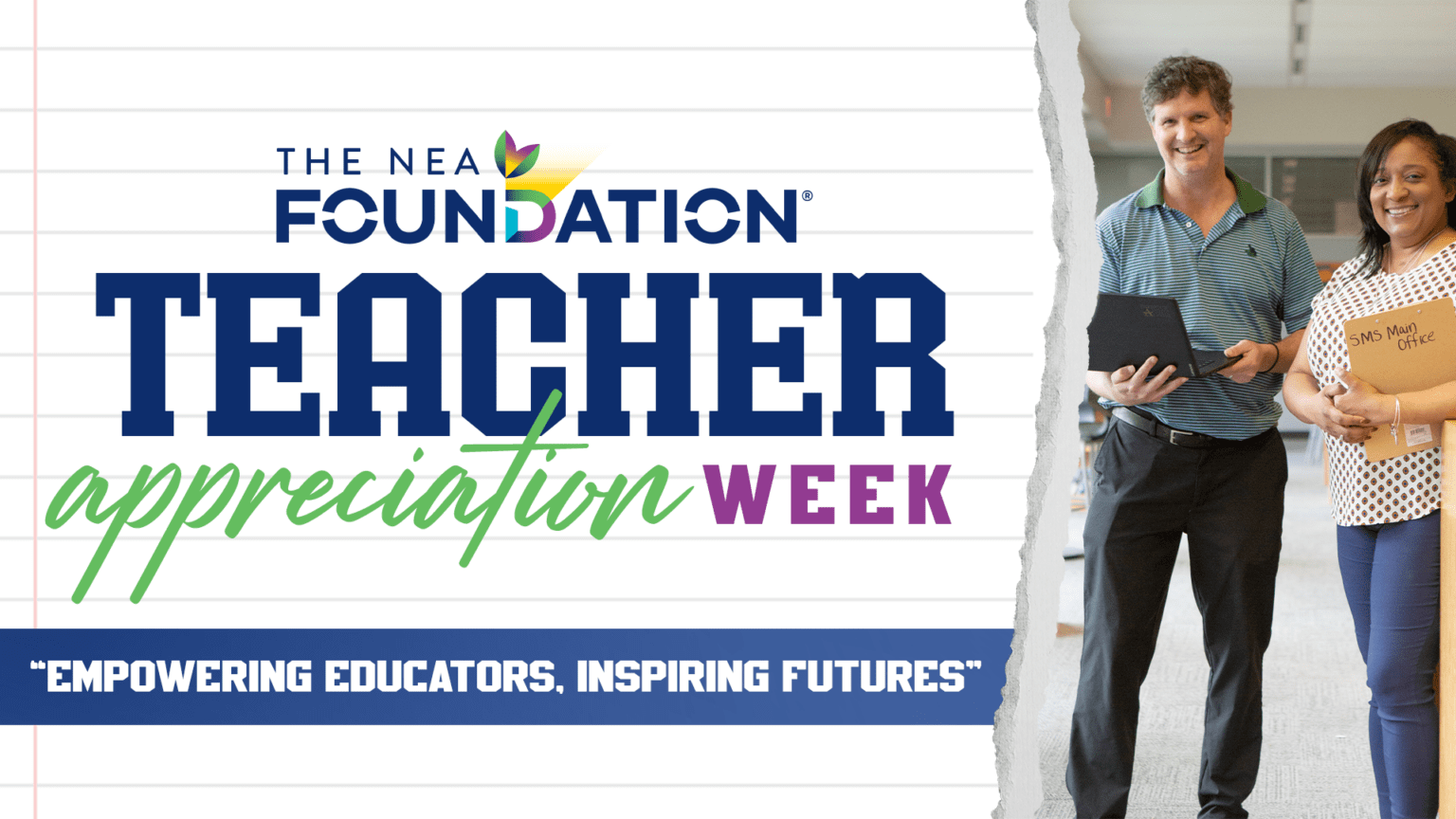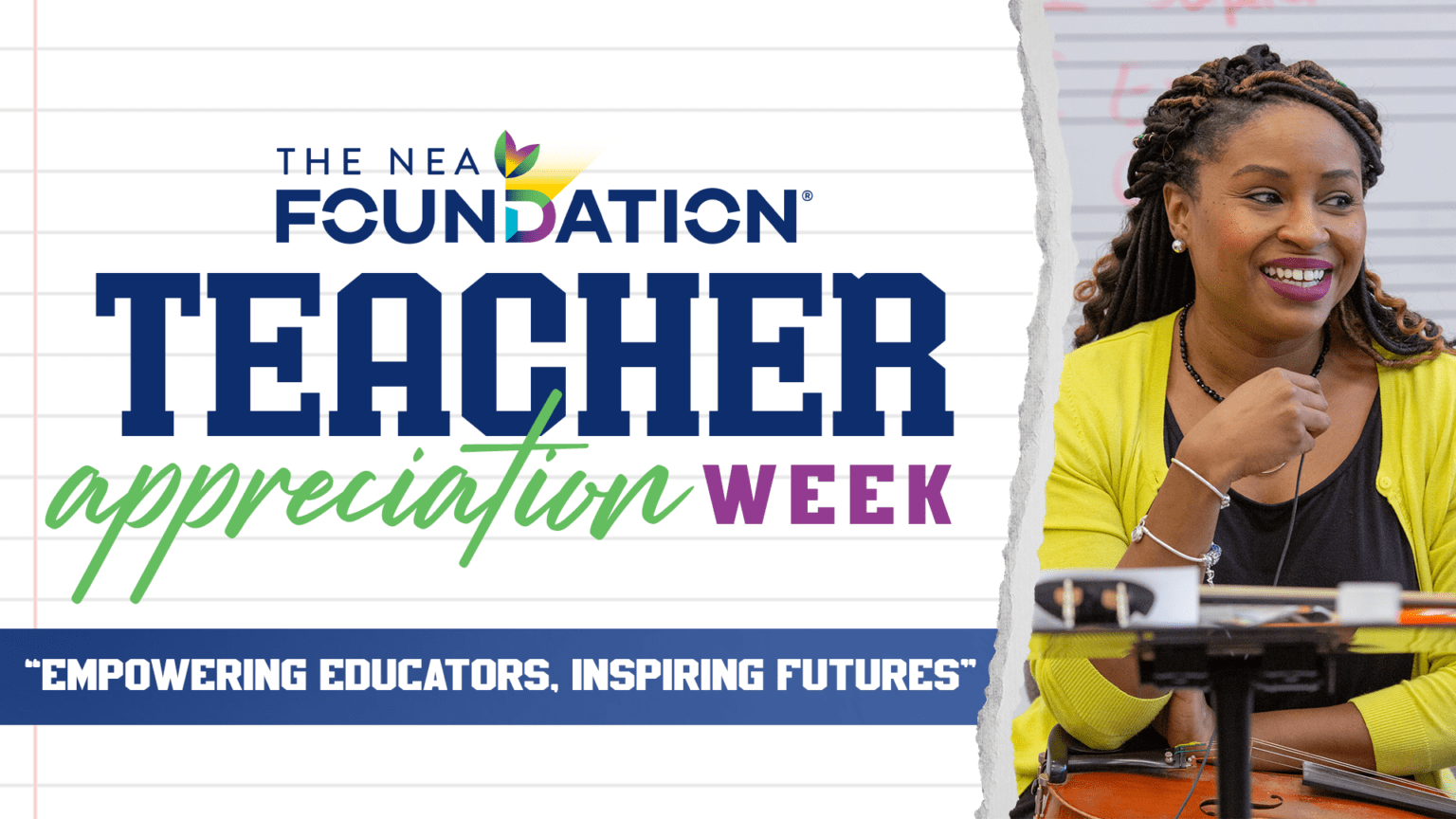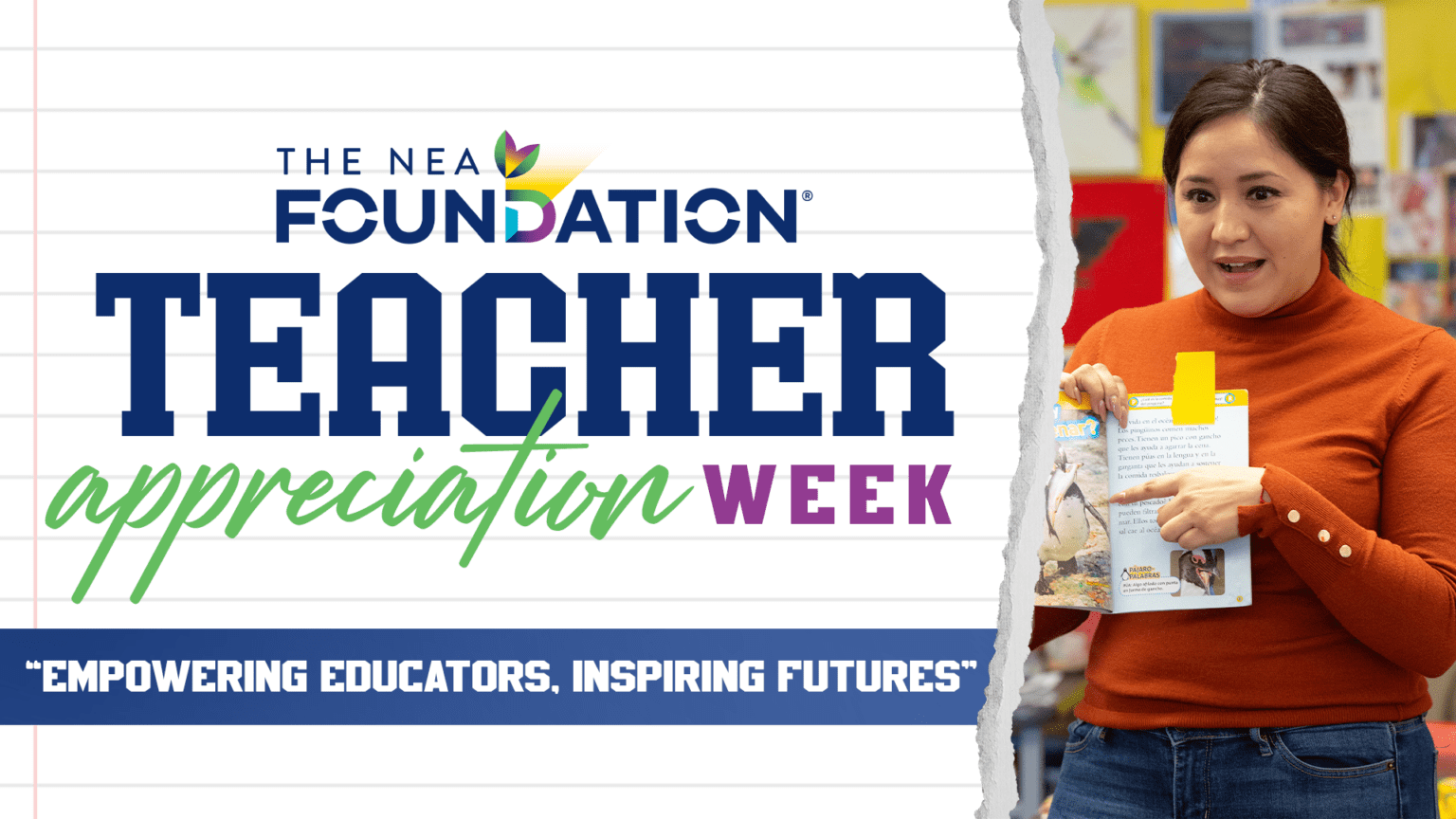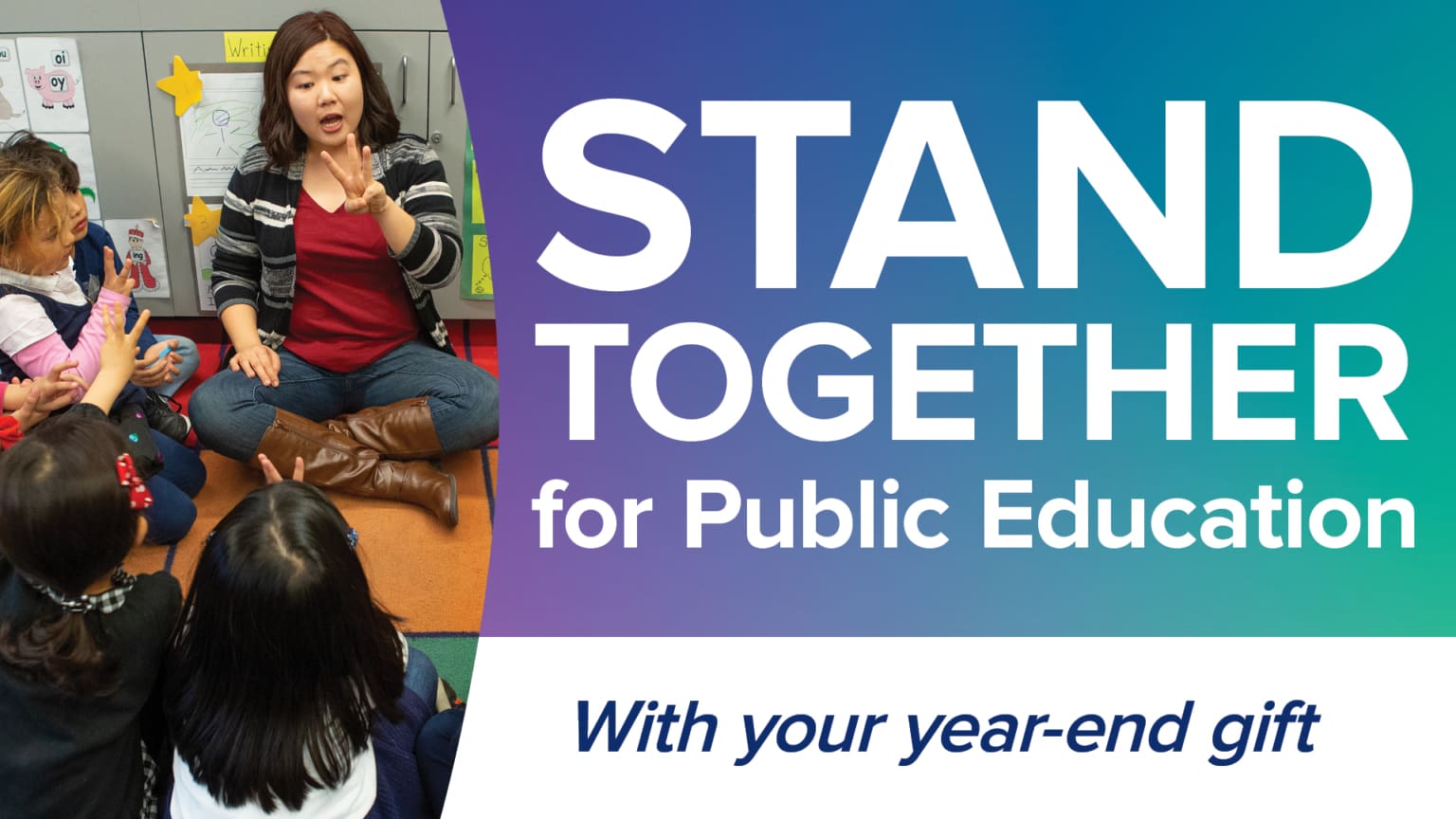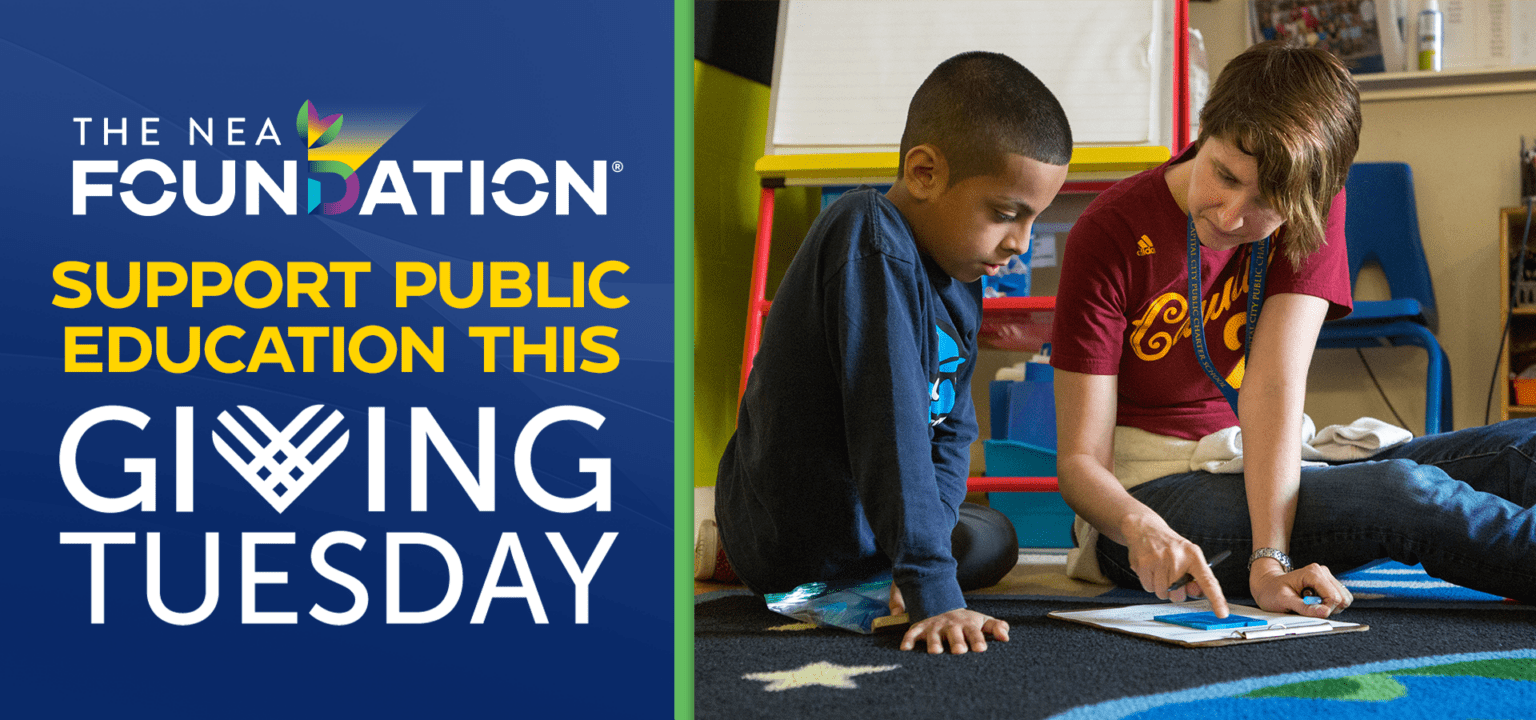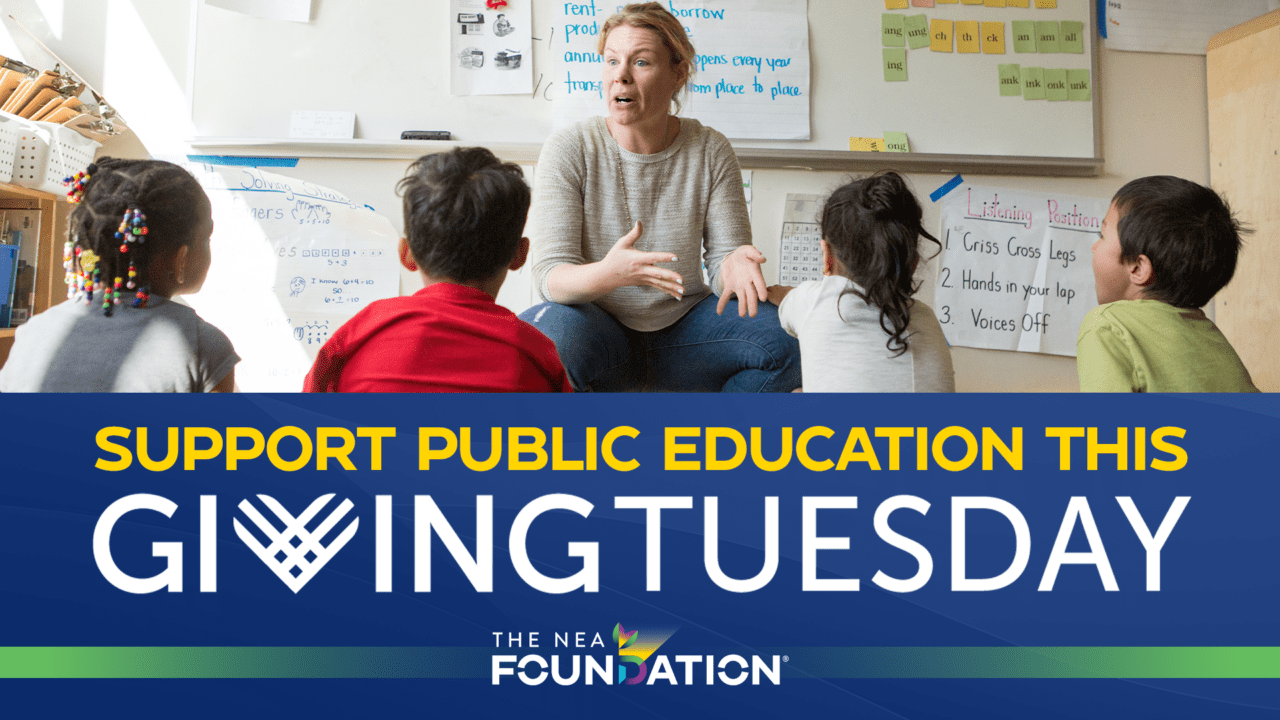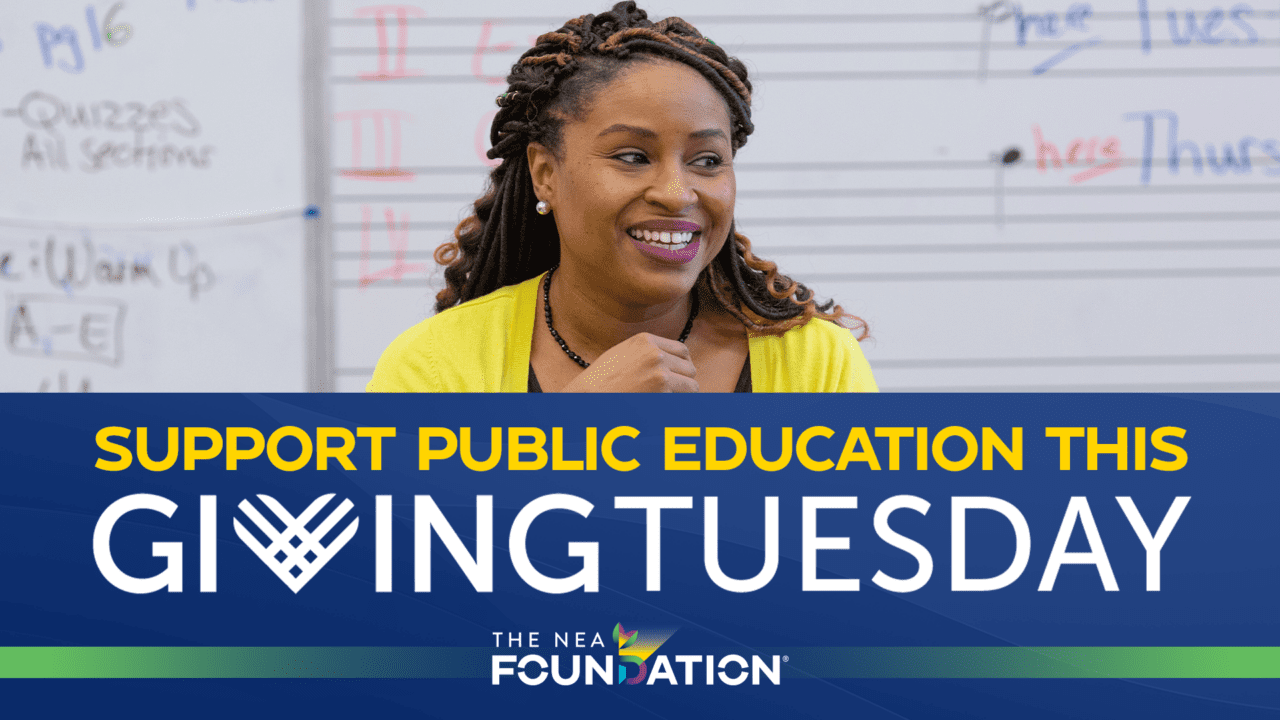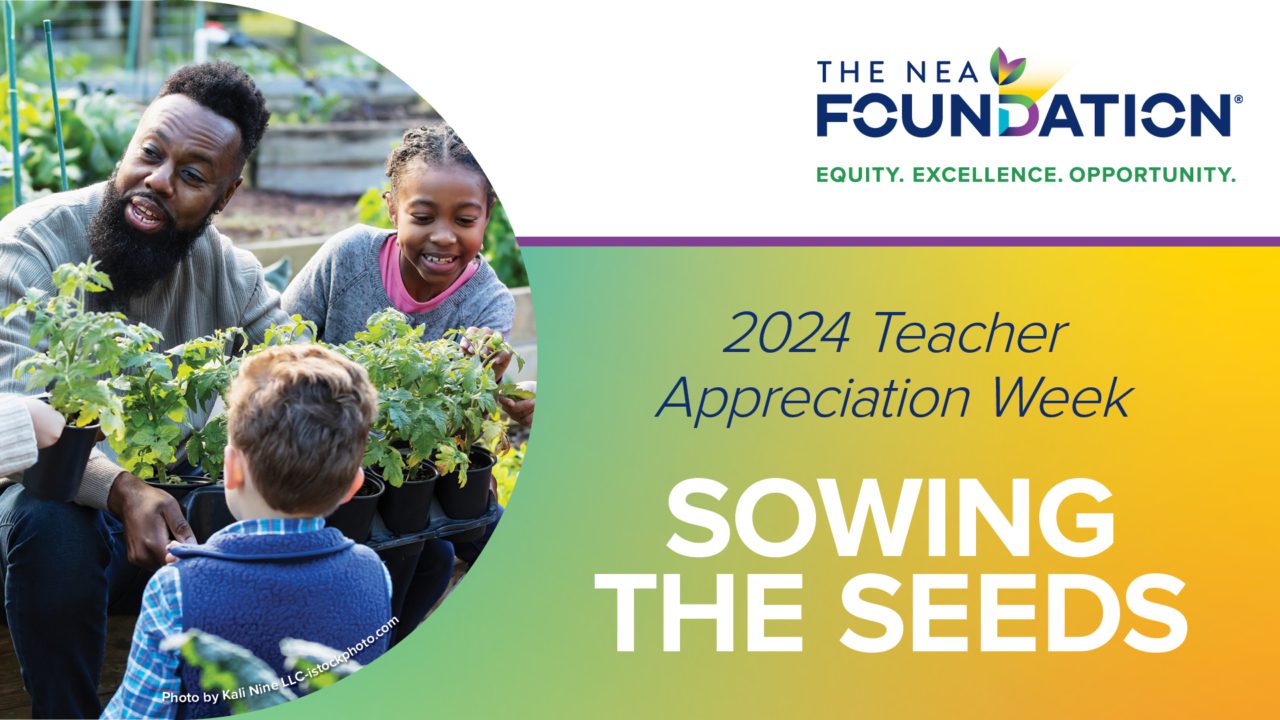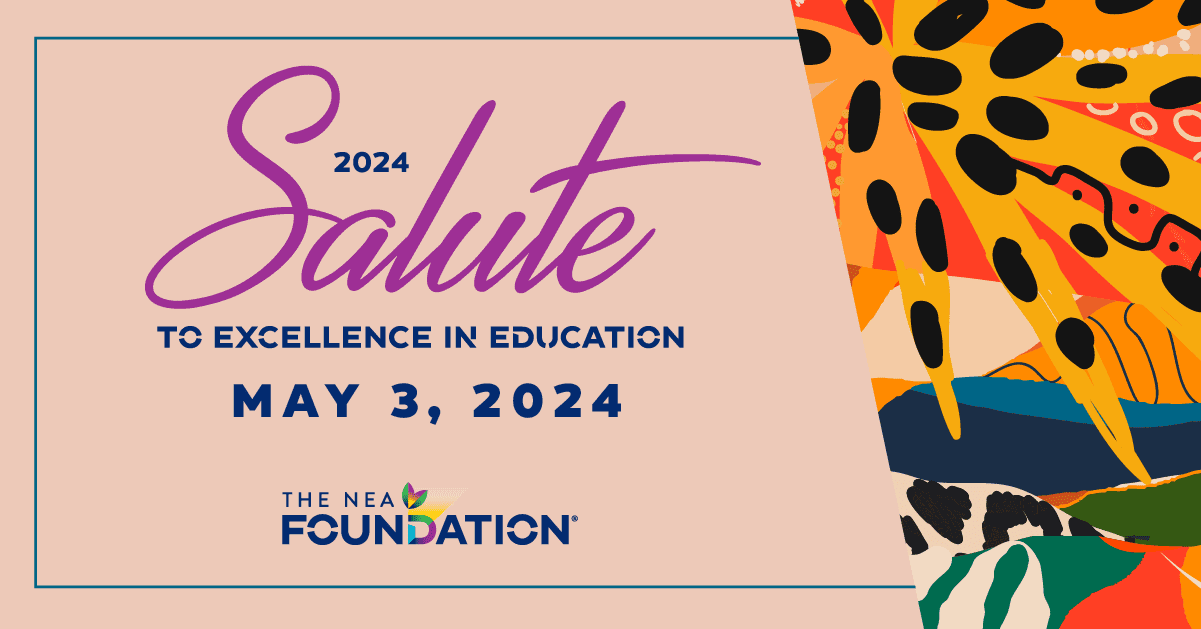
You’ve talked about Rosa Parks and Thurgood Marshall, Harriet Tubman and Frederick Douglass. You’ve listened to jazz and hip-hop and talked about their roles in history. What else can an educator do for Black History Month?
The most successful Black History Month lessons go beyond famous firsts and soul food, Here are 5 steps to make your classroom more culturally responsive this February, and throughout the year.
1. Give students a voice. How do Black students experience school and society? What challenges do they face? What aspects of their identity give them strength? If it’s an option in your classroom or school, give your students a chance to begin the conversation with their own experiences.
Minnesota Sandra Jonason’s [Winter 2016] Student Achievement grant project helped her to focus on student voice and create opportunities for authentic learning through the Learning Studio Model. Students collaborate to analyze real world problems, and hearing each others’ perspectives helps them engage in new ways of thinking about the world.
2. Help students think critically. Except for a few well-known figures, many history books leave out Black contributions. Ask your students to consider how Black people and the Black community have contributed to American history, scientific discovery, literature, and more.
How many people knew about the work of Black women mathematicians in NASA before the film Hidden Figures? Encourage students to discover more hidden figures and learn their stories.
3. Celebrate diversity. Diversity isn’t just different food and traditions; it may mean a different way of looking at the world. Affirm and validate differences rather than recognizing only similarities. Color-blindness sounds kind in theory, but erasing differences can make students feel marginalized or ignored.
Encourage students to think about the way they interact with the world. Help them talk about their similarities and difference so they can understand one another’s perspectives.
Look to literature to bring different stories and viewpoints to your classroom. Books can reach students across ages and backgrounds. In a partnership with First Book, the NEA Foundation helps provide resources for educators to talk about race, ethnicity, and culture through multicultural literature, helping students to understand other cultures and views.
4. Involve the community. Your local community is a great resource for ideas and encouragement. Invite local Black business owners, academics, political leaders, or other neighbors to your classroom to discuss their backgrounds, histories, families, career, and more.
Every year for Read Across America Day, 2017 the NEA Foundation’s Horace Mann awardee Stephanie Johnson brings parents and community leaders to her school to share the joy of reading. These diverse adults serve as role models for Stephanie’s students.
5. Engage with your colleagues. Share ideas and practices with teachers and administrators in your school and district.
Learning & Leadership grantee Lawrence Jordan [Fall 2016] recently received funding from the NEA Foundation to lead a professional development initiative that will help educators in his district build awareness of implicit bias and become more culturally competent.
More Black History Month Resources:
- Four Black History Month Must-Haves by Zaretta Hammond
- African American History Month website
- Time For Kids
- PBS
- TeacherVision
Do you have an idea to make your classroom or school more culturally responsive? NEA members can apply for a Learning & Leadership or Student Achievement grant from the NEA Foundation. The next deadline is June 1.

